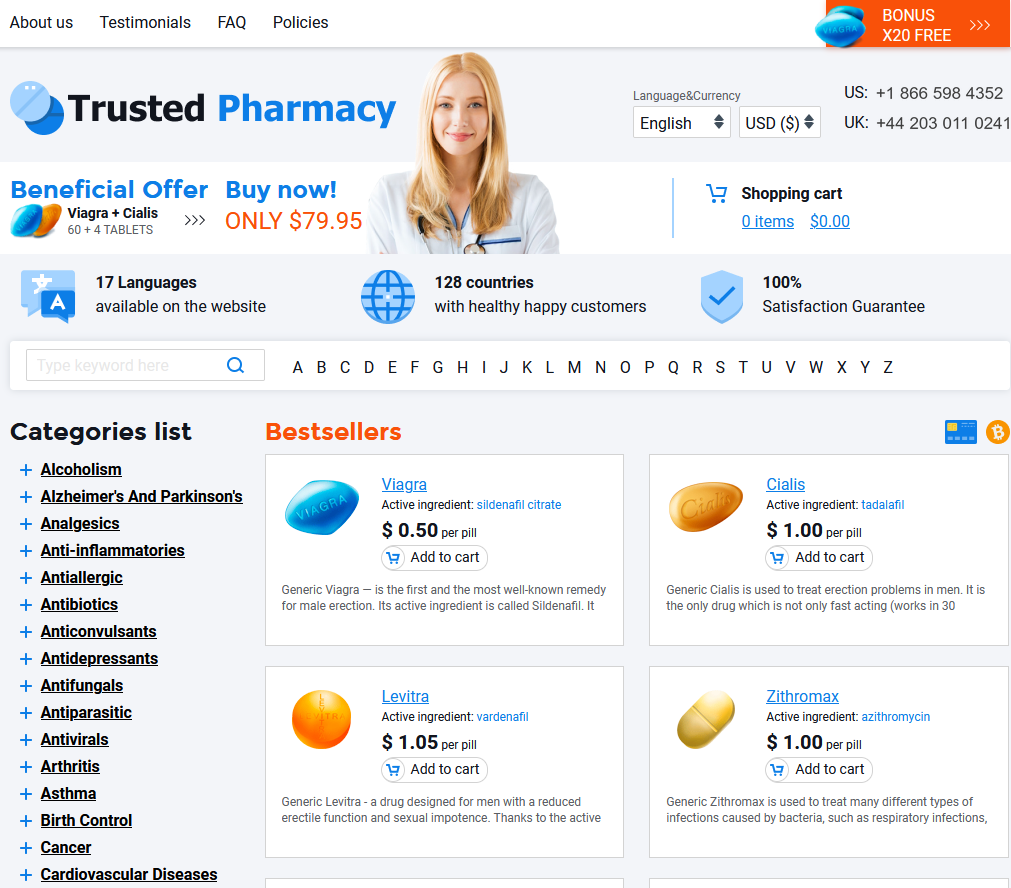
Zoloft Vs. Other Antidepressants: Key Differences
Understanding Zoloft's Mechanism of Action
Zoloft, known generically as sertraline, works primarily by modulating the levels of serotonin, a key neurotransmitter in the brain associated with mood regulation and emotional balance. It belongs to the class of selective serotonin reuptake inhibitors (SSRIs), which function by inhibiting the reabsorption of serotonin into neurons, thus increasing its availability in the synaptic spaces. This elevated serotonin activity helps alleviate depressive symptoms over time. The nuanced mechanism underscores its role in balancing brain chemistry, leading to mood stabilization. While the precise understanding of how Zoloft affects every individual remains complex, its targeted action on serotonin reuptake is central to its therapeutic efficacy.
| Feature |
Zoloft |
| Type |
SSRI |
| Primary Neurotransmitter |
Serotonin |
Comparing Side Effect Profiles: Zoloft Vs. Others

When discussing antidepressants, many find themselves comparing Zoloft’s side effect profile to its counterparts, delving into an array of considerations. Zoloft, known generically as sertraline, tends to cause nausea, insomnia, and sexual dysfunction, similar to many selective serotonin reuptake inhibitors (SSRIs). However, it's often remarked upon for being versatile in treatment with a generally tolerable side effect range.
Conversely, medications like Prozac (fluoxetine) might lead to more pronounced anxiety and agitation in some users. Tricyclic antidepressants and monoamine oxidase inhibitors, despite their efficacy, often bring more severe side effects such as weight gain or blood pressure changes, positioning Zoloft as a relatively favorable option for many.
Zoloft's Efficacy in Treating Various Conditions
Zoloft, a widely prescribed selective serotonin reuptake inhibitor (SSRI), is renowned for its effectiveness in treating major depressive disorder, obsessive-compulsive disorder, and social anxiety disorder. It works by increasing levels of serotonin in the brain, promoting a sense of well-being and emotional stability. Clinical trials have demonstrated its ability to alleviate symptoms of depression with notable success.
Furthermore, Zoloft has shown promise in managing panic disorders and post-traumatic stress disorder (PTSD), establishing its versatility among antidepressants. While Zoloft may not work for everyone, its broad applicability provides hope for patients with diverse conditions. Its adaptability also contributes to its standing as a preferred choice among healthcare professionals.
Zoloft’s Impact on Anxiety Compared to Alternatives

For individuals grappling with anxiety disorders, Zoloft, a selective serotonin reuptake inhibitor (SSRI), often emerges as a preferred treatment. Its ability to reduce anxiety symptoms is well-documented, thanks to its action on serotonin, a neurotransmitter linked to mood regulation. Compared to other antidepressants like Prozac or Lexapro, Zoloft is celebrated for its balanced efficacy and safety profile. Patients often report a noticeable reduction in anxiety symptoms, contributing to its favorable perception among prescribers and patients alike.
However, the effectiveness of Zoloft can vary based on individual biochemistry, leading some practitioners to alternatively prescribe medications like Wellbutrin or Cymbalta. These may target different neurotransmitters, offering therapeutic benefits where Zoloft might fall short. Nevertheless, Zoloft remains a cornerstone in anxiety treatment due to its proven results in reducing both physical and psychological symptoms of anxiety.
While Zoloft is generally well-tolerated, it is crucial to consider potential side effects which might differ from those experienced with alternatives. Common side effects like gastrointestinal disturbances or sleep issues can influence patient preference and adherence to treatment. Despite this, Zoloft’s reputation for effectively alleviating anxiety often outweighs its drawbacks, solidifying its status in the therapeutic arena.
Differences in Dosage Recommendations and Adjustments
Navigating the landscape of antidepressant dosages reveals how Zoloft stands apart. Dosing for Zoloft, known for its versatility, often begins cautiously, allowing the body to adjust and minimizing side effects. Typically, healthcare providers might initiate treatment with a lower dose and gradually increase it, ensuring efficacy while considering individual patient responses.
In contrast, other antidepressants might have stricter or more varied starting doses and incremental adjustments. These nuances require careful consideration, as tailoring doses to meet patient needs can impact overall treatment success and tolerance.
| Medication |
Starting Dose |
Adjustment Strategy |
| Zoloft |
25-50 mg |
Incremental increases |
| Other Antidepressants |
Varies (10-40 mg) |
Dependent on medication type |
Analyzing Patient Compliance Among Antidepressants
When it comes to antidepressant treatment, patient compliance is crucial. Zoloft, like others, faces challenges that can affect adherence. Side effects such as nausea or insomnia can discourage patients, although these often diminish over time. Additionally, dosing convenience plays a role; Zoloft offers flexible dosing that suits diverse patient needs. Moreover, the perceived effectiveness of the medication significantly influences whether patients maintain their regimen. Understanding these dynamics helps healthcare providers tailor treatment plans.
For more detailed information, visit NCBI on Zoloft and The Journal of Clinical Psychiatry.